A table or floor fan are a feasible and economic option to be less comfortable in home or office during summers. As they are small, portable and very simple to use, you can carry them anywhere you want like picnics, camps, libraries, hospitals and others.
But purchasing a portable fan isn’t as simple as it looks. With many options to choose from, it can be quite a daunting task. To assist you in the purchase, we have gathered up all the information and illustrated below for your reference.
Click Here To Know Best BLDC Ceiling Fan
4 Decision-Making Factors To Make an Informed Choice
Factor 1. Which fan type is best for you?
The fan size is obviously the user’s choice but again it is a crucial factor to keep in mind. Some of the top table fans have size around 12, 16 or 20 inches. However, there is a myth that smaller fans work better. But the myth buster we have for you is that the bigger the fan, the noiseless it is. If you turn a large fan on and run it on a low-speed it will give you a better cooling experience and it works quietly just the opposite of how the smaller fan works.
Portable fans are available in different designs that include table fans, pedestal fans and wall-mount fans. Based on your preference and requirements, you have to choose anyone among them. For your reference, we have mentioned a brief description below.
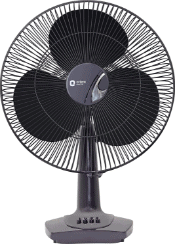
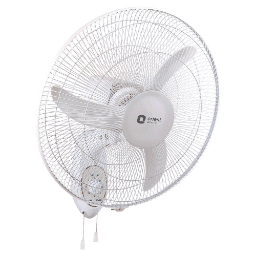
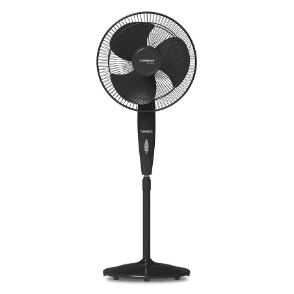
Factor 2. Which fan size should you choose?
Finding the right size is a crucial aspect and depends on the user preference. Most of the fans come in sizes ranging from 12, 16 and 20 inches. There is a common misconception that smaller fans can be more efficient and capable. However, this is not true. In fact, bigger fan size, less noise. When you turn on a large fan and run it on the lower speed, it will provide a better cooling experience without any noise which is not possible with smaller fans. For your reference, we have provided a brief illustration below.
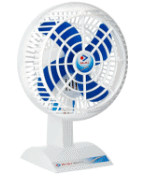
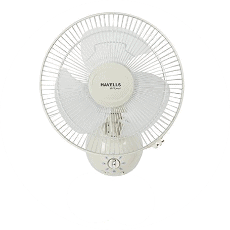
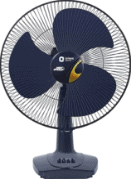
Factor 3. Airflow
It is measured in terms of CMM (cubic meters per minute) or CMH (cubic meters per hour). It represents the efficiency and power of a portable fan. An ideal fan airflow is efficient enough to provide proper cooling to reach the whole room or confined space.
Usually, the ideal airflow range is considered between 15 m3/min (least efficient) and 150 m3/min (most efficient). However, the best possible way to determine the air flow rate is to consider the room size or space.
Factor 4. What are the other factors you should look out for?
Apart from the features and considerations mentioned above, there are few other factors that impact your decision. We have mentioned below for your reference.
1. Quality of Material:
Different materials are used in the process of making a fan. Some of the common materials include steel, plastic, and brass. Each of these materials have their own advantages and disadvantages. You have to choose among them based on your requirements and preferences.
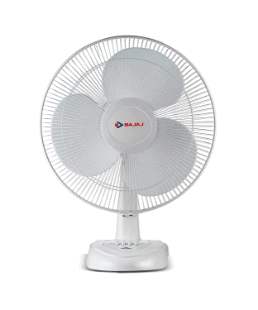
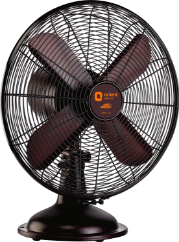
ABS Plastic / PVC
Compared to stainless steel and brass, it is the most economical and practical option. As plastic is a lightweight material, these fans are portable and more functional. It is quite easy to clean and maintain them. However, they are not as durable as stainless steel.
Steel or Brass
Their components including blades and outer cover are made of either stainless steel or brass. They are very durable and can withstand harsh weather without any issues. Some latest models are available with anti-rust and anti-corrosion powder coating, providing longer lifespan. However, they are a bit expensive and not as portable as plastic fans.
2. Oscillating Head
Rotating fans or oscillating fans cover a large space to cool down. It allows you to control the breeze without moving the direction of the fan. They can be used to cover an entire room or just a confined space based on your preference
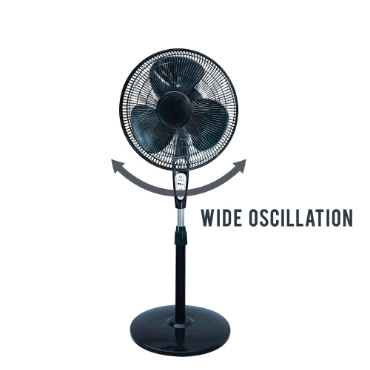
Choose a fan with wide oscillation to ensure that it covers the maximum area of a particular room
In these models, the fan will rotate back and forth in 180 degrees to distribute cool air around the room, covering every corner. This feature is particularly helpful when a group of people are present within the room and it ensures everyone gets equally comfortable.
3. Noiselessness
A noisy fan disturbs the sleep and peacefulness of the home. Some models, especially older fans, create a lot of noise that can be irritating. An ideal portable fan will come with a sturdy frame that prevents blades from generating more noise.
When it comes to sizes, smaller fans are usually much more noisy than large fans. While choosing a portable fan, make sure it produces lower noise levels, even if operating on high speed.
4. User-friendly options
It is better to invest in an option that is very easy to use and doesn’t come with over-complicated controls. Having a remote control is a nice touch as you don’t have to move every time you want to change the fan speed or turn it on/off. It is also better to invest in a model that comes with variable speed options, timer and cooling options.
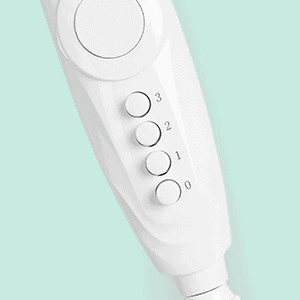
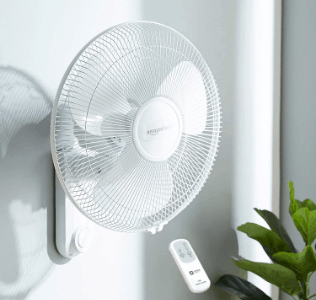
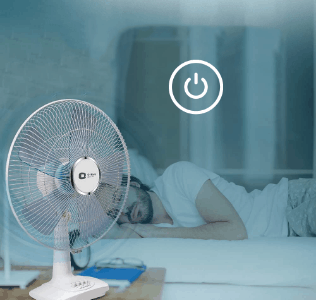
5. Installation And Maintenance Issues
Purchasing a fan is enough. If you want to maintain its efficiency for a long time, then it is important to consider the maintenance as well. Make sure the fan you choose is easy to clean. When it comes to installation, make sure it is easy to install without any complicated electrical work.
6. Detachable Grills
When you use a fan on a regular basis, it will surely get dirty and the grills may get clogged with dust and other particles. Having a removable grill is quite handy in such situations. In order to maintain proper hygiene of the fan, it is important to clean the grills.
7. Warranty
It is very important to purchase an electrical appliance that comes with at least 1-year of warranty. As they work on electrical power, there is a high chance of fluctuations which can lead to maintenance issues. The warranty acts as a safeguard in such cases. Within the warranty period, you can get it repaired or replaced without any additional cost. Most of the table fans come with 1- or 2-years warranty period. It is better to choose a model with a higher warranty period.
7. Top Brands In India









